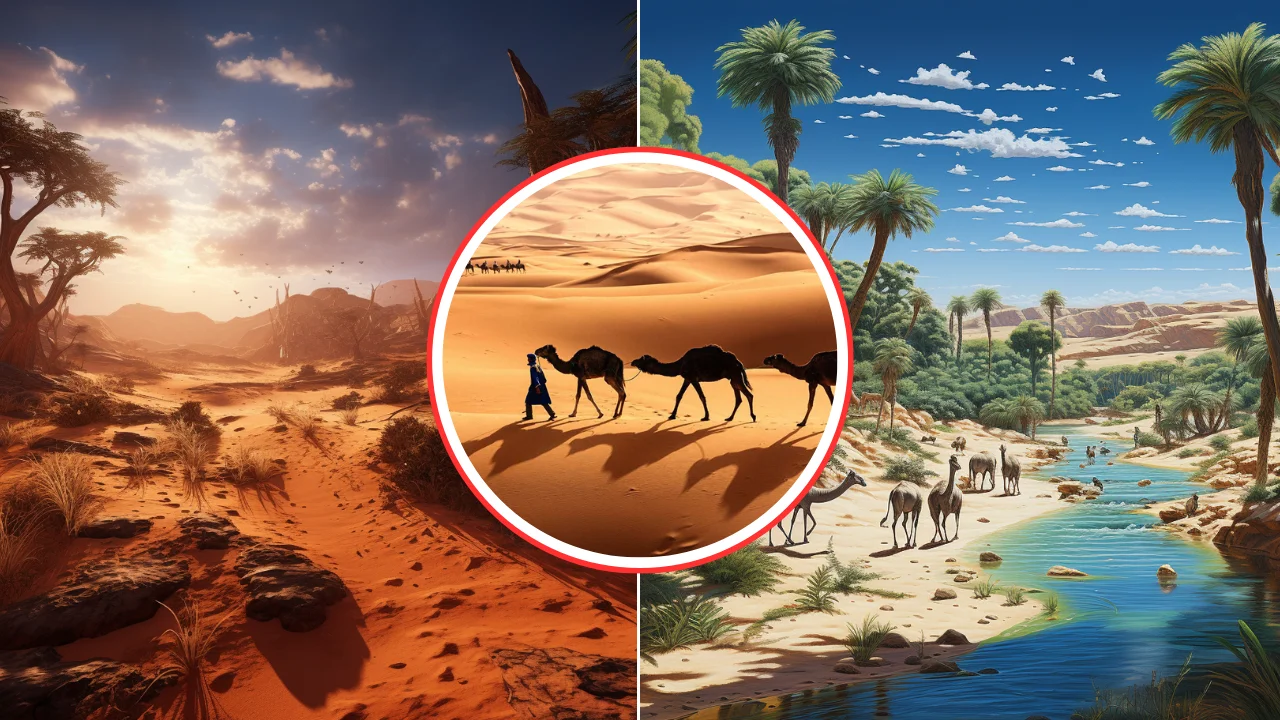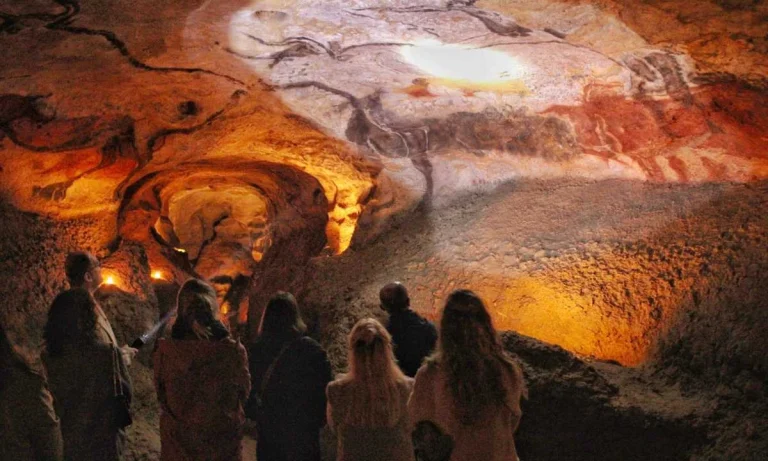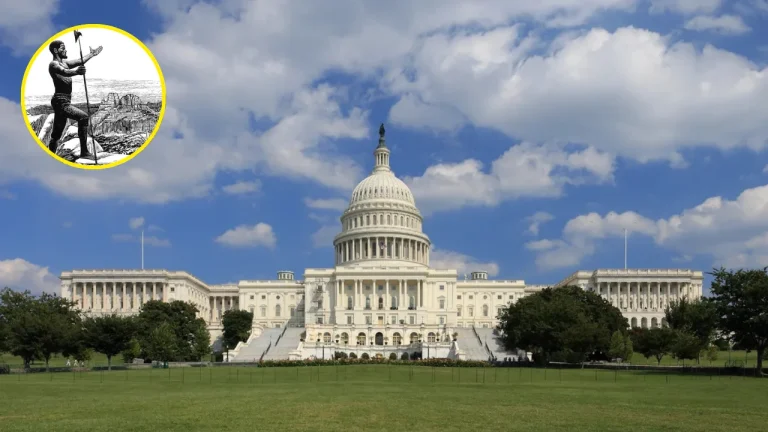At first glance, the Sahara Desert and the Amazon Rainforest seem worlds apart. The Sahara is a stretch of sand and scrub with extreme heat and minimal life. In contrast, the Amazon is a lush, green rainforest overflowing with biodiversity. However, the forest is rooted in nutrient-poor soil. Still, what could possibly link these two distant ecosystems? Thanks to NASA, we now understand an incredible natural phenomenon. The Saharan Dust takes an annual trans-Atlantic journey that keeps Amazon’s green alive. The dust contains a rich nutrient that feeds into the Amazon’s trees.
Adding to the surprise, the now arid region of the Sahara was once also a lush forest. But what could have really turned this around is still a mystery but has a few theories. Let’s dive in to learn how the Sahara is Keeping life on Amazon, how it was once a forest, and if it’s possible to turn it back to a greenery.
The Journey of Saharan Dust to the Amazon
The discovery comes from NASA’s Cloud-Aerosol Lidar and Infrared Pathfinder Satellite Observation (CALIPSO), from 2007 to 2013. They tracked dust particles traveling from the Sahara to the Amazon. Each year, an estimated 27.7 million tons of dust from the Sahara ends up in the Amazon. Remarkably, this dust contains phosphorus, an essential nutrient for plants.
Phosphorus is lacking in around 90% of the Amazon soils. Adding to that, tens of thousands of tons of nitrogen get washed away each year through river systems in the Amazon. Approximately 22,000 tons of phosphorus in the Amazon lost to its rivers are replaced by Sahara’s dust.
Hongbin Yu from the Earth System Science Interdisciplinary Center (ESSIC) shares the importance of this finding. He says, “This is a small world, and we’re all connected together.” The data reveal that the amount of dust and, consequently, phosphorus reaching the Amazon can vary. This is largely due to rainfall patterns in the Sahel region just south of the Sahara.
“This suggests that African dust may have important implications for maintaining the health of Amazon rainforests over the long term. Without the phosphorus input from African dust, the hydrological loss would greatly deplete the soil phosphorus reservoir over a time scale of decades or centuries and affect the health and productivity of the Amazon rainforest.”
Researchers of Geophysical Research Letters
The Sahara Was Once A Lush Forest
Turning back the clock, the Sahara wasn’t always the barren desert we know today. About 11,000 years ago, it was a fertile region with lakes, rivers, and abundant greenery. This transformation from lush land to arid desert has puzzled scientists for years.
The prevailing theory suggests that changes in Earth’s orbit, which affect solar radiation and monsoon patterns, were primarily responsible for this shift. However, new research by archaeologist David Wright suggests human activity, such as overgrazing by domesticated animals, might have also played a significant role.
“Scientists usually call it ‘poor parameterization’ of the data. Which is to say that we have no idea what we’re missing here—but something’s wrong.”
Archaeologist David Wright

Africa’s Great Green Wall: Effort To Restore The Green
In response to ongoing desertification, the African Union launched the Great Green Wall initiative in 2007. This ambitious project aims to grow an 8,000-kilometer wall of trees across the entire width of Africa.
The goals are quite significant. They plan to restore 100 million hectares of land, sequester 250 million metric tons of carbon, and create 10 million jobs. While progress has been slower than anticipated, with only 18 million hectares restored so far, recent funding promises are expected to accelerate efforts.

Conclusion
The surprising ecological connection between the Sahara and the Amazon highlights the intricate ways in which our planet’s systems are interlinked. This relationship not only highlights the complexity of Earth’s ecosystems but also illustrates how actions in one part of the world can significantly impact another.
Also read,











